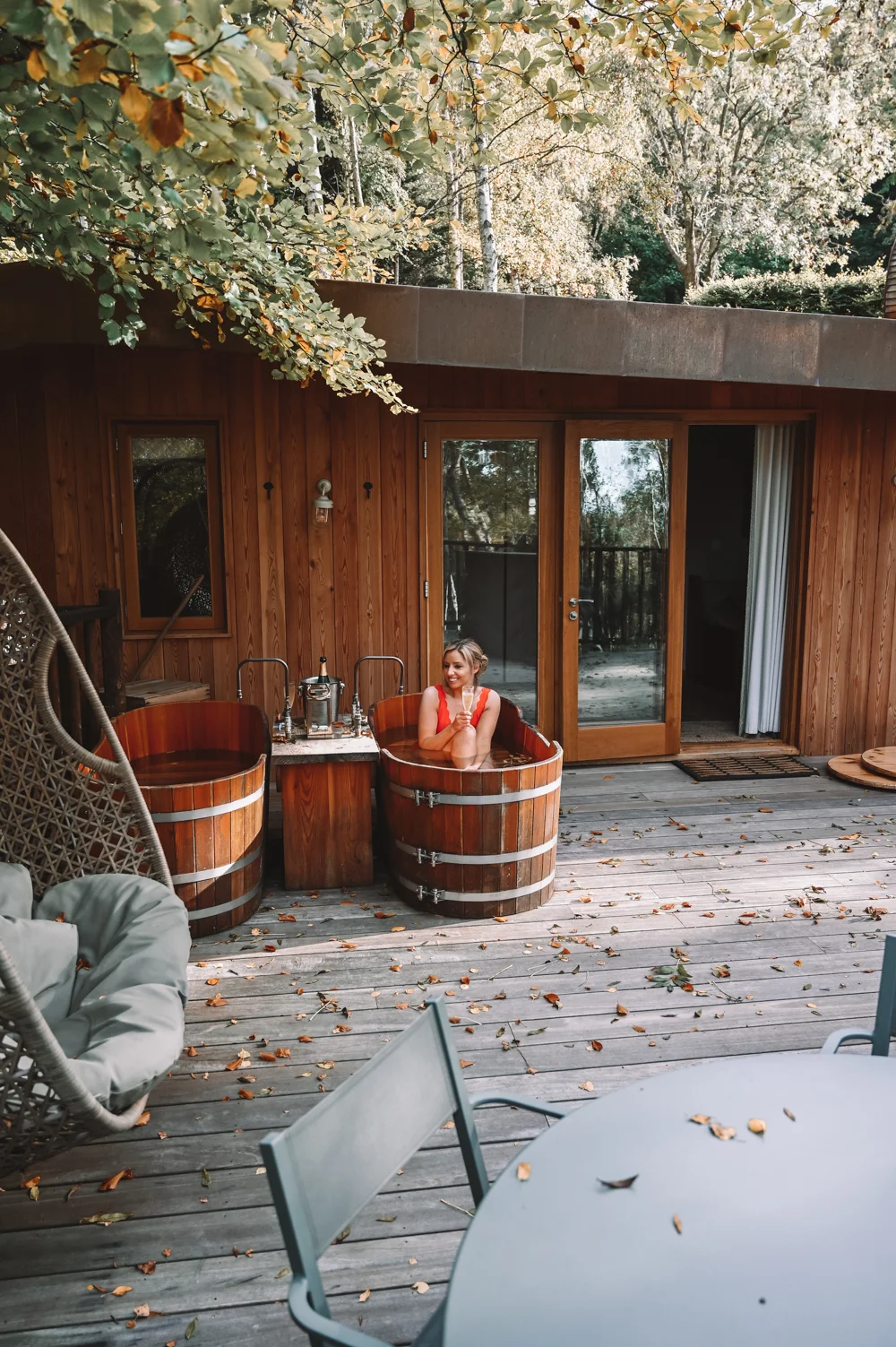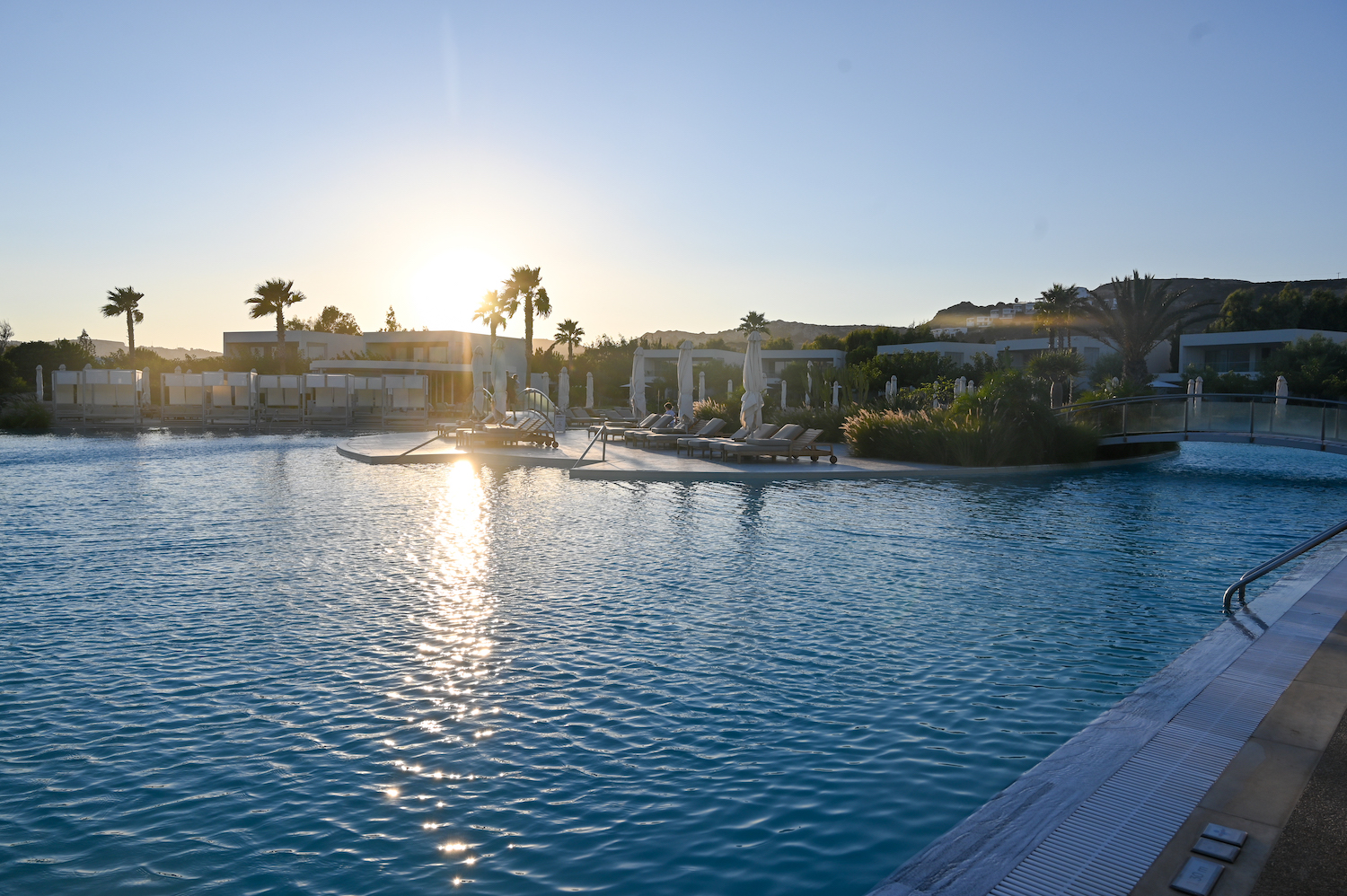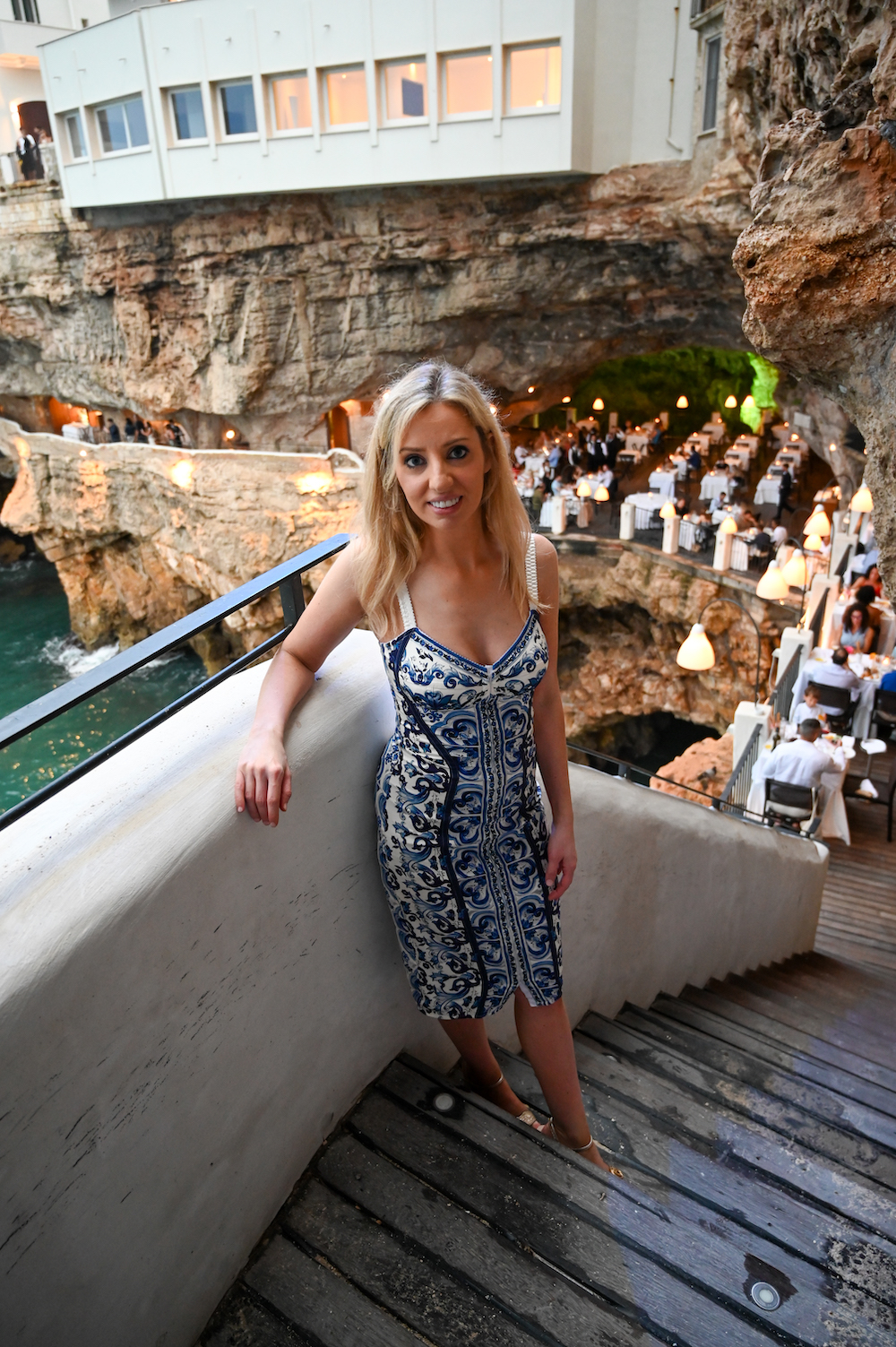Nara was the first permanent capital of Japan and being only around a forty-five minute drive from Kyoto it is a very easy and worthwhile trip that will take up about half a day. Nara is just full of beautiful treasures to explore, it’s very easy to navigate and The Ritz Carlton Kyoto had organised us a driver for the day who also guided us through the major sites explaining the history and significance.

It was in 710 that Nara was established as the capital, though the city only had the status for seventy-five years when a Buddhist priest tried to usurp the throne and the capital was moved to Kyoto.
Our day started in Nara Park, a vast park in the centre of Nara which is home to around 1200 deer which freely roam. 
You can actually purchase crackers and feed Bambi and friends. 

But the deer at Nara are so much more than just pretty to look at; they are a symbol of the city, a national treasure and considered in the Shinto religion to be a gift from the gods. This one took a particular liking to Mr S!


As well as all these gorgeous creatures Nara Park houses the Todai-ji temple, the most popular attraction in the city. 
Entrance to the temple is via Nandai-mon, a huge wooden gate presided over by the two Nio guardians in the form of wooden statues.
These rather fierce looking fellows were actually carved in the 13th century and are also seen as some of the finest statues in Japan. 

Surrounded by a beautiful carp pond is the main hall, the Daibusu-den Hall, rather incredibly the largest wooden structure in the world. And inside the structure is Nara’s most popular attraction, which is considered one of Japan’s most iconic sights… 


The Daibutsu (Great Buddha) is one of the largest bronze statues in the world and the biggest Buddha, sitting at around 16 metres high and made out of bronze and gold. 
The statue has been pounded by years of earthquakes and fires but has always been restored to glory. 
Smaller statues known as the bodhisattva of memory and wisdom surround the big guy, people pray to these statues to help them along the path of enlightenment. 
Outside the temple you can get you fortune read, mine said I would have ‘very good luck’ so I was pretty pleased with that! There’s also plenty of places at the entrance to the park to buy souvenirs or grab a soft serve… which seemed like a good idea before moving on to our next location.
Strawberry soft serve at Nara Park
A photo posted by Angie Silver (@angiesilverspoon) on

As well as visiting the popular Buddhist temple, our driver was keen to show us Nara’s most well-known Shinto shrine. As I mentioned Buddhism and Shinto are the two main religions in Japan and they coexist harmoniously, with some people even following the customs of both religions.
The torii gate is typically found at the entrance to of a Shinto shrine and as you cross through you are symbolically crossing from the profane to the sacred. The Kasuga Taisha shrine is located in the pretty shade of the woodland.

And as we made our way up stairs and along the pathway we passed stunning stone lanterns…

And the beautiful hanging lamps that Kasuga Taisha is famous for, there are hundreds of these lanterns which have been donated by worshippers and are lit twice a year during the lantern festivals.

Founded by the Fujiwara family in the 8th century, the shrine is dedicated to the god who protects the city. There are plenty of other smaller shrines to explore around the main hall as well as botanical gardens.



We were ready for lunch, but restaurants in Japan could look very unassuming from the outside and our driver suggested a place called Edogwa.

The special at Edogawa is unagi (fresh water eel) and we went ahead and ordered a set meal that included a portion to try along with sashimi, rice, miso soup and tempura. It’s actually quite a lot and Mr S and I were fine with one set meal between us plus an extra portion of sashimi. 
It had been a beautiful day in Nara, and seeing that we were keen photographers, our driver had one last thing to show us.
This beautiful lake with a pagoda rising in the background…
We only really scratched the surface of Nara as there are eight Unesco World heritage sites throughout the city, making the city second only to Kyoto as a centre of culture. I highly recommend a day trip to see the incredibly awe-inspiring sites, and to feed the deer!
PIN FOR LATER:

Have you been to Nara? What would you recommend seeing?




















